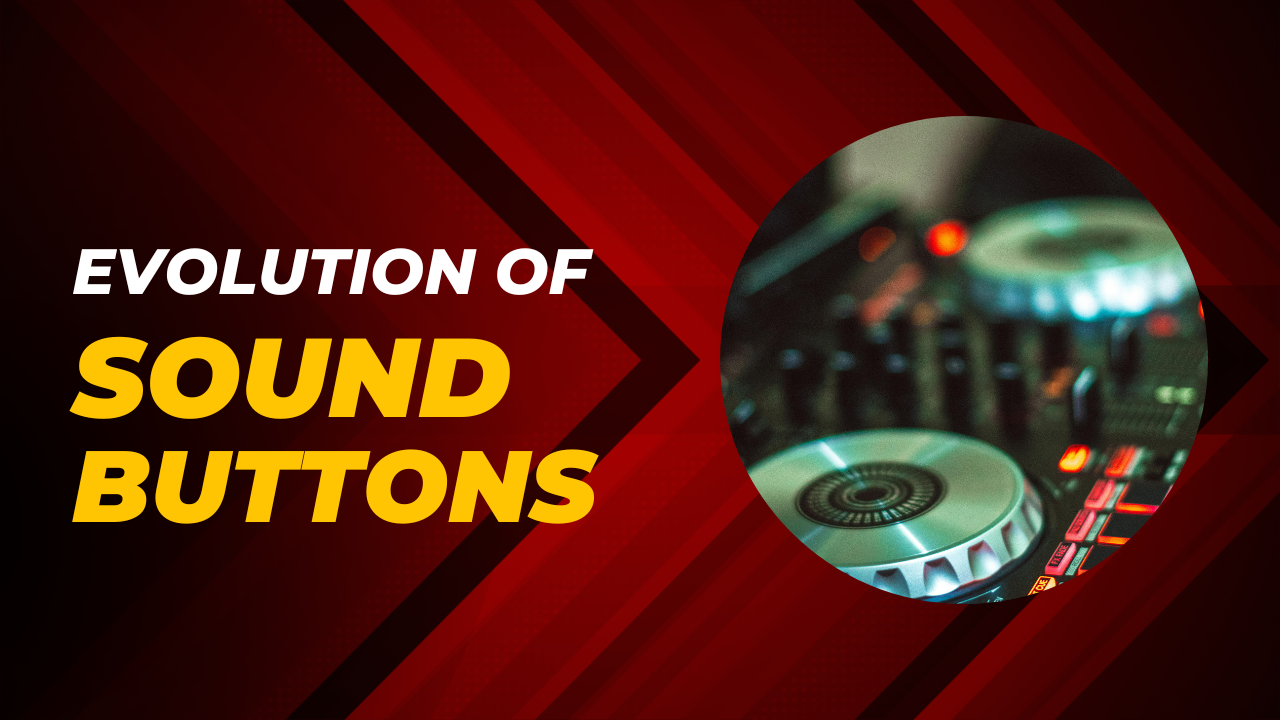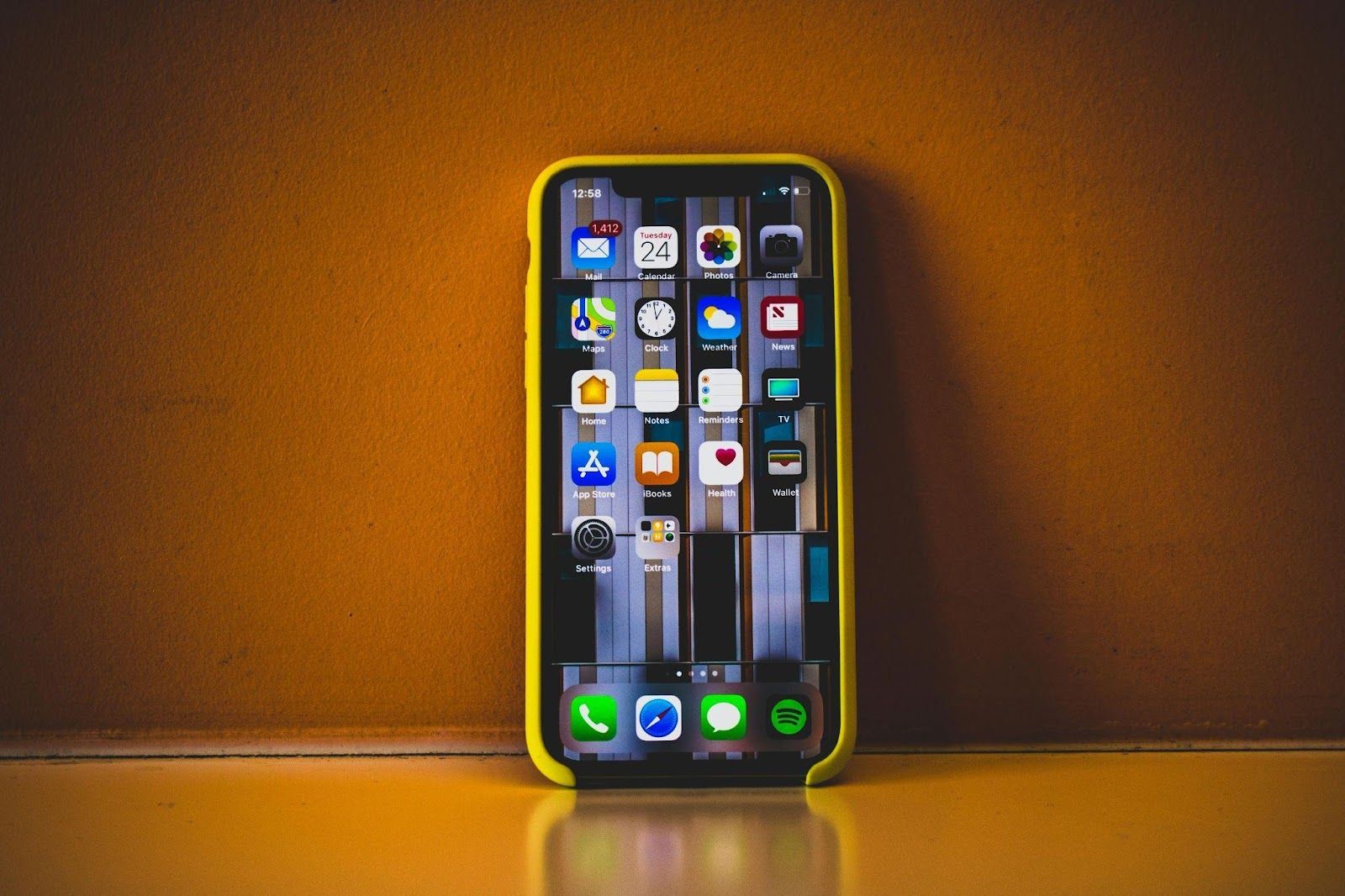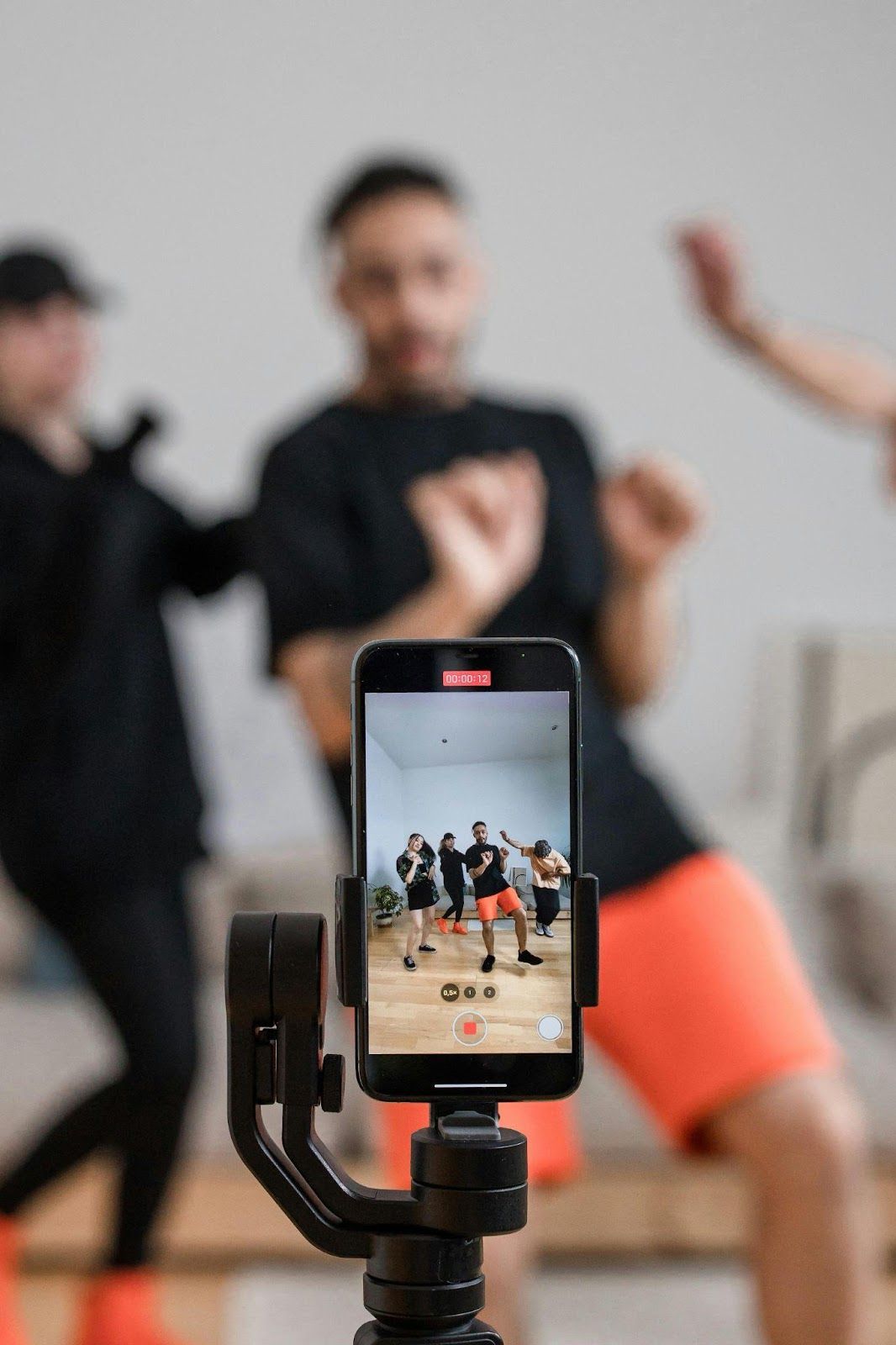The Evolution of Sound Buttons : How Things Changed With the Time
In today's digital communication and entertainment, the sound button is a strange and fascinating tool. It has taken on many forms, from simple soundboards to available-as-a-mobile-app structures turning out audio clips smaller but more effective; one may have also found its niche in memes, video editing tools like Saiyans, live broadcasting and even programs that help you work more efficiently. This article will guide you through the historical progression of sound buttons, from their origin in ancient history until now.

The Origins Of Sound Boards :
Some of the first sound button stories probably record involving soundboards.As internet culture began to gain momentum in the early 2000s, soundboards became a popular tool for pranks, memes, and general entertainment. Both websites and desktop applications provided users with a fun bit of button pressing: famous audio clips from movies, TV shows or viral moments could be played ad nauseam at the touch of their mouse. Thanks to the simplicity of methods such as this, popular culture may now be as near at hand as your keyboard.
Common Soundboard content consisted of famous phrases such as Arnold Schwarzenegger's "I'll be back" and Samuel L. Jackson's expletive-filled rants. Prank calls came into their own as a popular phenomenon: eventually not only individuals but celebrity figures also served as soundboards making it ever easier to deceive people who didn't expect these interruptions.
The First Visionary Shock WaveThe initial soundboards were relatively simple and static, but they lay the seeds of an enterprise which would grow to become both flourishing and dynamic.
The Rise of Mobile Soundboard Apps
As smartphones became widely used, soundboards evolved into mobile apps. The App Store and the Google Play Store reeked of soundboard applications that offered all kinds of clips, from the meme-worthy to the usable for voiceovers and alarms. It was a pivotal moment, as sound buttons went from being fixed to increasingly portable, customizable, and shareable.

Apps like Instant Buttons and MyInstants became hot, with libraries of sound effects you could play with the tap of a button. From the classic "Sad Trombone" sound effect to the internet-famous "Bruh" meme sound, these audio-hub tools permeated through the world of meme content creation and social media.
Also, customization became a key feature. No one knew we could upload audio clips and assign them to buttons to create soundboards. This added flexibility helped sound buttons become an all-in-one tool for leisure as well as functional purposes.
Integration into Gaming and Streaming Platforms
Sound buttons caught on with both the gaming community and the streaming community very quickly. Services such as Twitch and YouTube enabled content producers to readily integrate sound effects into their live broadcasts. With devices like Elgato’s Stream Deck, streamers could play sounds live, which had the potential for comedic timing, or dramatic flair or reactions during their content.
For gamers, each of the buttons was thus no longer an accessory so much as a weapon. From playing victory sounds after winning to blowing an air horn to celebrate a milestone, sound buttons created a way to engage with audiences and interactive with content.
It was a kind of integration that was much more than entertaining. Sound button tools became popular as professionals began to incorporate sound buttons in corporate presentations and workshops to break repetition and keep participants engaged.
Uses In Memes and Social Media Virality
Sound buttons and meme culture are inseparable. Many popular memes come paired with sound effects these days. As soon as memes pop up online, people flood YouTube with mimicry of the sounds that go with those moments on film.

Viral memes, in particular, often use sound effects that are fairly well known among people who spend a decent amount of time listening to podcasts or television. And thanks to the soundboard apps that anyone can now download for free from the internet, it is easier than ever to reproduce these moments.
YouTube shorts don’t make their sound snippets easily accessible to creators. With some soundbites, millions of people participate in a meme and create their own variations. Sound buttons democratized creativity, enabling users with minimal tech know-how to join in on meme culture.
Technological Advancements In Sound Buttons :
Sound button technology has advanced significantly from the simple trigger devices of the past. Now, AI and machine learning technology allow sound apps to recommend sound bites depending on context. What those tools — such as voice recognition and sentimental analysis — have allowed is for apps to guess the appropriate sound effect at any given moment.
This means that in a live broadcast, if there is a silence or if the crowd suddenly breaks into applause, AI can automatically detect the situation and fill it up with the sound effect instantly, rather than someone pressing the audio button. This kind of sophistication is a world away from the early static soundboard beginnings of the humble sound button.
Uses In Practical Applications
Where sound buttons are often associated with entertainment and memes, their utility is not limited to tonk and prank user functionality. Teachers use sound buttons to develop interactive lessons, and podcasters depend on them for live edits. Sound effects are used in customer service to denote a successfully completed action.
In addition, accessibility tools have incorporated sound buttons in order to help disabled people. Examples of these include sound buttons that have been programmed to independently message certain phrases or give specific information via sound; these change the manner in which non-verbal individuals can communicate.
The Future of Sound Buttons
Looking forward, sound buttons are expected to be integrated into life. virtual reality (VR) and augmented reality (AR) enter the scene or virtual worlds in which people can interact with their environment on all sides become common, Then tone keys are just such interactive elements of an immersive environment. For example, might a virtual tone key bring a little humor to an otherwise deadly drone of a VR meeting? Or how about making sound cues in an AR game to make the action a little more realistic?
Conclusion
At the beginning they were justo static grids on internet soundboards, from which to speak happened; then this evolved into full features for artificial intelligences (AIs). However one thing remained unchanged: sound buttons have made it work that they stay quite unlike anything else in digital culture despite all this innovation!
Sound buttons are at the intersection of audio entertainment, interactivity and functionality. They create an ever-changing field for artistic endeavor.